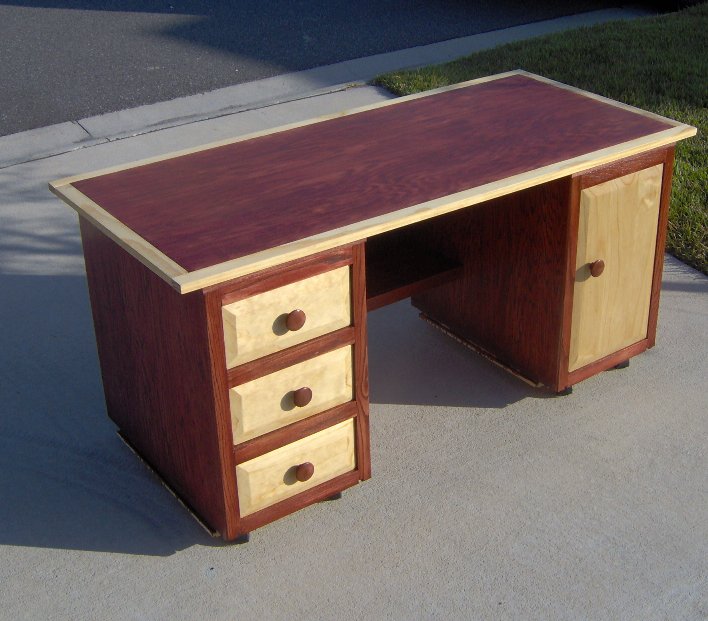
Originally Posted by
Erni

So I dont do a lot of woodwork and cant set up a worshop for the rare times that I do. But I do have a couple of closet updates I need to do, and may end up doing a custom shelfs and maybe a murphy bed for my daughters room update. (Turned teen, and the hello kitty themed room needs to be changed).
I can work with small pieces just fine with my 10" chop saw, have some air nailers, drills etc. I dont have a table saw, and dint really have room for one.
Here are the problems:
1. Larger pieces give me problems. Like making straight cut with the circular saw on a piece of ply or larger board.
Do I buy a clamp one straight edge, or a curcular saw sled, or what? Is buying precut pieces from a lumber yard the better choice here?
Kreg Rip Cut. It is like a table saw on your circular saw, works very well. Just make sure that you set it up right. Very small footprint...
2. Handling larger pieces. Dont have room for a dedicated table. End up using a plastic picnic table, which is wobbly, and a BD folding stand, which is too small. Do I need to make a collapsible table, which will be a pain to store?
I use 2 fold in half, fold up picnic tables from Wal-Mart, and/or the bed of my truck when on a jobsite for stability. Using a 2" piece of foam board works, I use 2x4's or pieces of 2x4's to support the large pieces, and not cut my tables.(encorehunter)
3. Joining. Dont have a system picked out and not sure which one will work for 95% of general joinery. Pocket screw jig, dowel and screw jig, biscuit joiner, routing for finger joints?
I have a k5 Kreg jig. I use it for almost all jointing, however depending on what you want, you may need another way of jointing.
4. Finishing and staining. A can of poly is probably a great choice here, or should I brush? Staining always looks bad. Any hints on how to stain well?
Depending on what you want. Using a poly with stain works well, just read and follow the instructions on the can. Try doing smaller projects to get better with the product.(burns easier to hide the screw-ups).
5. Glue. White carpenter or the foaming gorilla types?
Gorilla glue, even if you are using pocket holes.
6. Any other tips you can share on making things easier?
Do smaller projects first, get better doing these, build confidence and all other projects will come easily. Learn how to use the tools, hide the pocket holes(no filling), join boards, sanding, etc., get to know your tools to make them work for you, NOT against you.
Thank you.




 Reply With Quote
Reply With Quote









